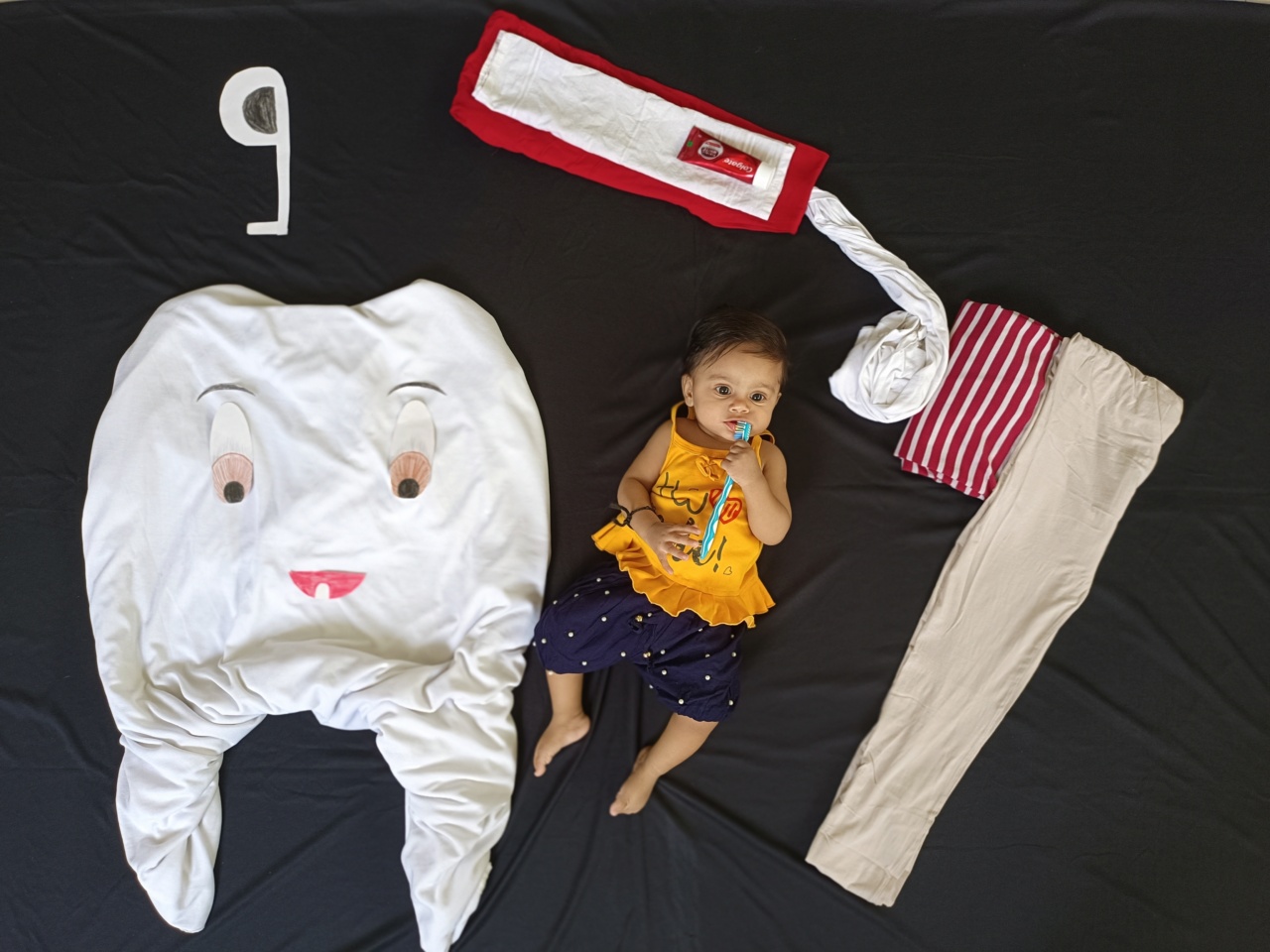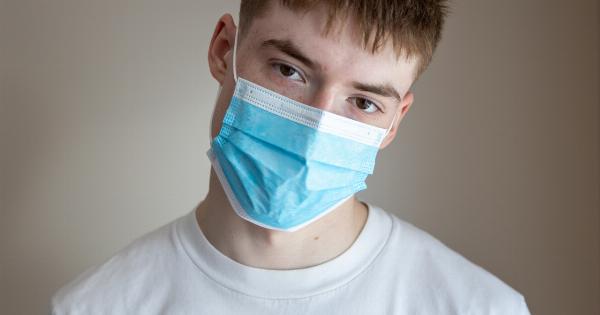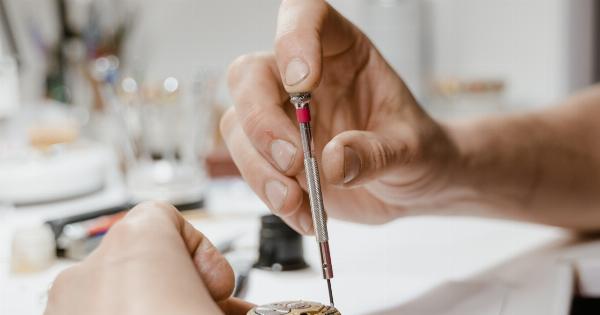When it comes to dental procedures, local anesthesia is commonly used to numb the area and minimize discomfort. While it is generally considered safe for adults, the use of local anesthesia for baby teeth is a topic of concern.
There are various risks associated with this technique, and it’s important to understand them before proceeding with any dental treatment involving the administration of local anesthesia on young children.
1. Developmental Concerns
Baby teeth, also known as primary teeth, play a crucial role in a child’s development. They help with proper chewing, speech development, and guide the eruption of permanent teeth.
The use of local anesthesia in baby teeth procedures can potentially interfere with this natural process, causing developmental concerns in the long run.
2. Allergic Reactions
Local anesthetics, such as lidocaine, have the potential to trigger allergic reactions in certain individuals. While rare, it is not impossible for a child to develop an allergic reaction after receiving local anesthesia for dental treatments.
This can lead to complications and require immediate medical attention.
3. Systemic Effects
Local anesthesia can have systemic effects on the body, especially in infants and young children. The absorption of the anesthetic can result in changes in heart rate, blood pressure, and central nervous system reactions.
These effects can be unpredictable and pose risks to the child’s overall health.
4. Technique Challenges
Administering local anesthesia to young children requires specific expertise and precision. Pediatric dentists have to take extra precautions to ensure the safety and effectiveness of the procedure.
However, even with specialized training, the unique challenges of working with baby teeth and a potentially uncooperative patient can increase the risk of complications.
5. Prolonged Numbness
Unlike adults, children may have difficulty communicating about prolonged numbness or discomfort in their mouths after a dental procedure. This can lead to accidental biting or chewing on the numb area, causing injuries to the lips, tongue, or cheeks.
Parents or caregivers need to be vigilant in monitoring the child’s behavior post-treatment.
6. Local Anesthesia Mishaps
Although rare, there is a small possibility of mishaps during the administration of local anesthesia.
Inadvertent injection into a blood vessel, injection in the wrong location, or excessive doses can result in adverse effects and complications that can be more severe for young children compared to adults.
7. Psychosocial Impact
Children’s dental experiences can shape their perception of dentistry for years to come. Traumatic experiences related to dental procedures, including the use of local anesthesia, can lead to dental anxiety, fear, and resistance.
It is crucial to prioritize the emotional well-being of young patients and minimize any negative impact on their psychological development.
8. Alternatives to Local Anesthesia
For certain dental procedures on baby teeth, alternatives to local anesthesia exist. These include non-invasive techniques such as topical anesthesia, laughing gas (nitrous oxide), or conscious sedation.
Discussing these alternatives with the child’s dentist can help identify the most appropriate approach for each specific case.
9. Parental Involvement and Informed Consent
Parents and guardians play a key role in the decision-making process when it comes to their child’s dental health. It is essential for dentists to thoroughly discuss the risks and benefits of using local anesthesia for baby teeth procedures.
Informed consent should be obtained before proceeding with any treatment.
10. Expertise and Qualifications
Choosing a dentist who specializes in pediatric dentistry is crucial for ensuring the safest and most effective dental care for children.
Pediatric dentists have the expertise, training, and experience necessary to navigate the unique challenges associated with treating baby teeth. Seeking care from a qualified professional can greatly reduce the potential risks associated with local anesthesia.































